Culture in Italy
This is how diverse the culture in Italy is
Italy's culture enjoys worldwide fame and popularity. It is not without reason that Italy is one of the most popular holiday destinations in Europe. The country attracts visitors with its fascinating festivals and customs and impresses them once again with the outstanding quality of Italian cuisine.
Good to know
- At housewarming parties, brooms are given as gifts, symbolising that sweeping removes the old and makes room for something new.
- Traditionally, the groom sings under the window of the woman he wants to marry
- Olive oil is given for a faithful marriage
- In restaurants, you should ask the waiter to give you a table - anything else is considered impolite
- Income is a taboo subject in Italy
- In Italy, babies are dressed in red clothes to ward off evil eyes
- Feeding pigeons in St Mark's Square in Venice carries a fine of approx. £387.00
Italian cuisine
There are many healthy ingredients in Italian cuisine, even though many dishes contain plenty of carbohydrates. Most of you are probably thinking of the standard dishes such as pizza, pasta and co. However, there are many other meals in Italy that are lower in calories but still rich in nutrients.
If your next trip takes you to Italy and you would like to try something new in addition to the classics such as pizza and pasta, we have put together some delicious dishes for you below
5 typical dishes from Italy
1. Minestrone
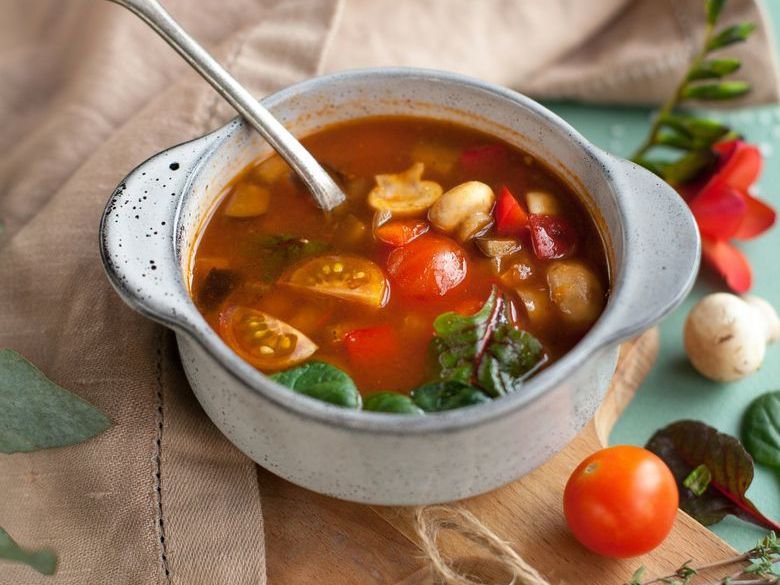
The word "minestrone" comes from the Italian word "minestra", which translates as "soup". Prepared with particularly high-quality and fresh vegetables, this soup is particularly light and full of vitamins.
It is also a particularly pleasant dish in summer. The soup can also be customised - whether as fish minestrone, minestrone with chestnuts or minestrone with pasta - this soup will certainly never be boring.
2. Risotto
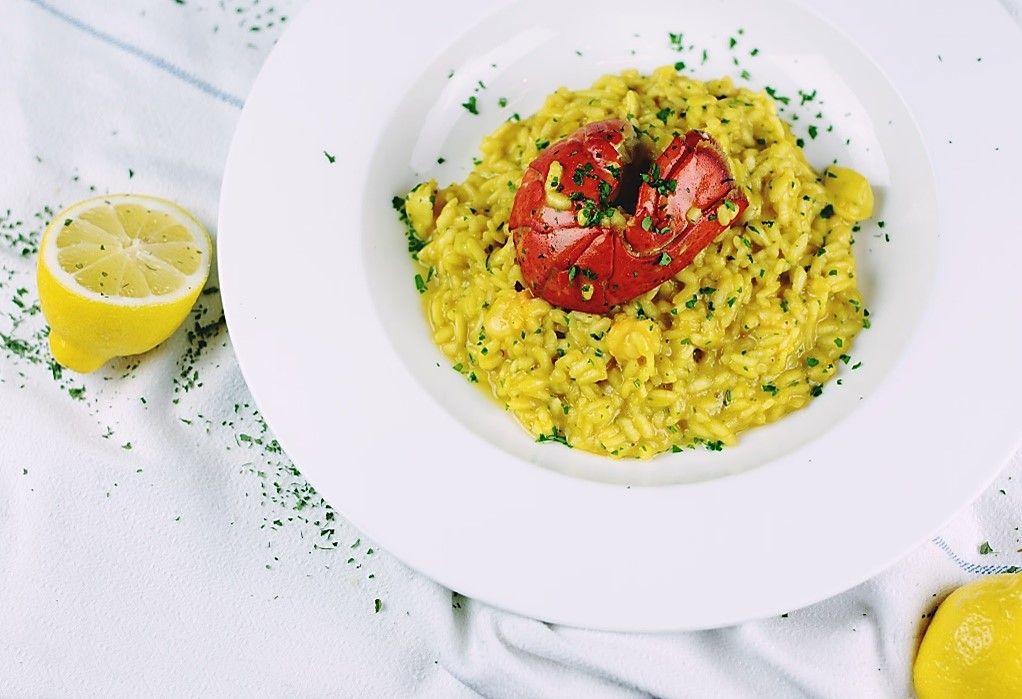
Translated, risotto means "little rice" and describes a northern Italian porridge dish made from rice. It can be prepared in a wide variety of ways depending on personal taste and creativity. The type of rice is important when preparing risotto. Risotto rice contains more starch than long grain rice and owes its creamy consistency to the starch.
3. Piccata Milanese
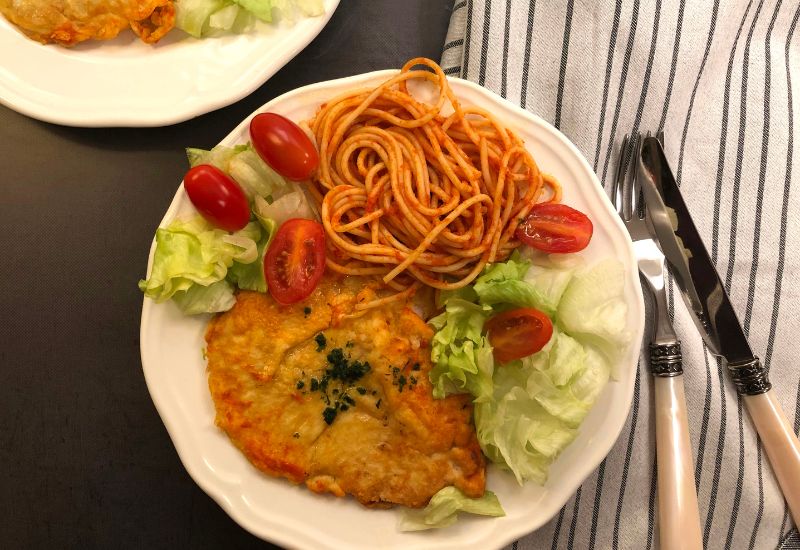
Piccata ("small piece") Milanese combines two classics - schnitzel and pasta. Piccata Milanese is a finely cut, breaded slice of veal and differs from the classic Wiener schnitzel in its breading. In Piccata Milanese, the meat is breaded with cheese and usually fried in butter with lemon and parsley. The schnitzel is served with a side dish of pasta with tomato sauce.
4. Tiramisu
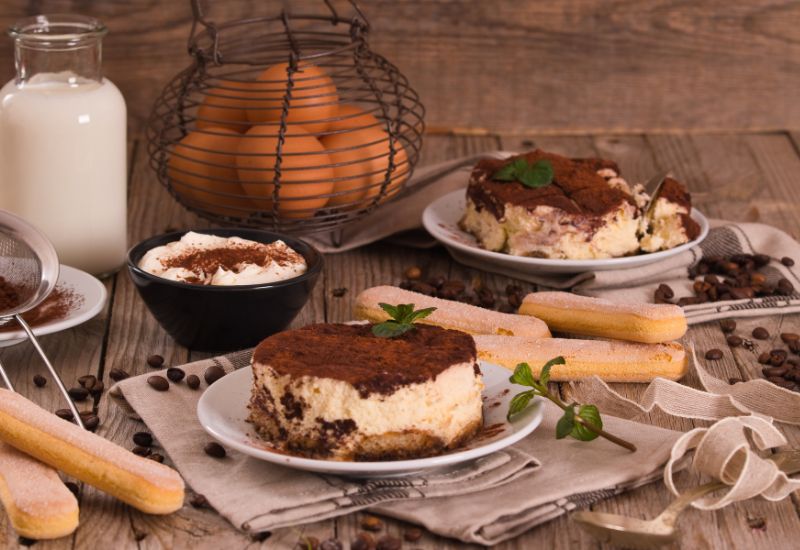
Tiramisu is a classic Italian dessert from the Veneto region. The name itself literally means "pull me up" or "make me happy", which is due to the invigorating ingredients such as coffee and cocoa. It consists of layers of espresso-soaked ladyfingers and a creamy mixture of mascarpone, eggs and sugar, topped with a generous dusting of cocoa. Served cold, Tiramisu combines sweet, rich and bitter notes in a perfect balance.
5. Pannacotta
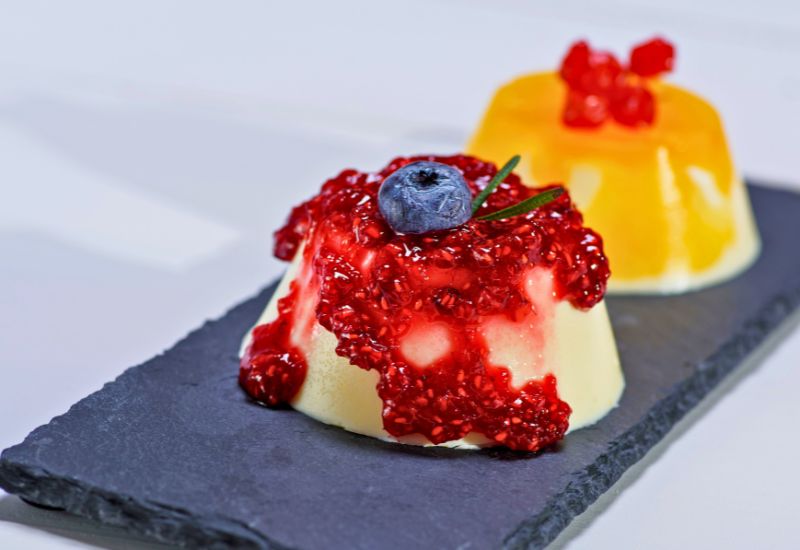
Pannacotta is an elegant and creamy dessert that originated in the north-west Italian region of Piedmont. The name, which translates from Italian as "cooked cream", perfectly summarises its preparation: Cream is cooked with sugar and gelatine until it thickens and then chilled to achieve a silky-smooth consistency. This dessert is characterised by its versatile nature; it can be enjoyed on its own or served with a variety of toppings such as fresh berries, fruit sauces or caramel for added flavour.
What do people drink in Italy?
In addition to a wide selection of wines and refreshing aperitifs, a comprehensive range of other drinks is also available.
Limoncello
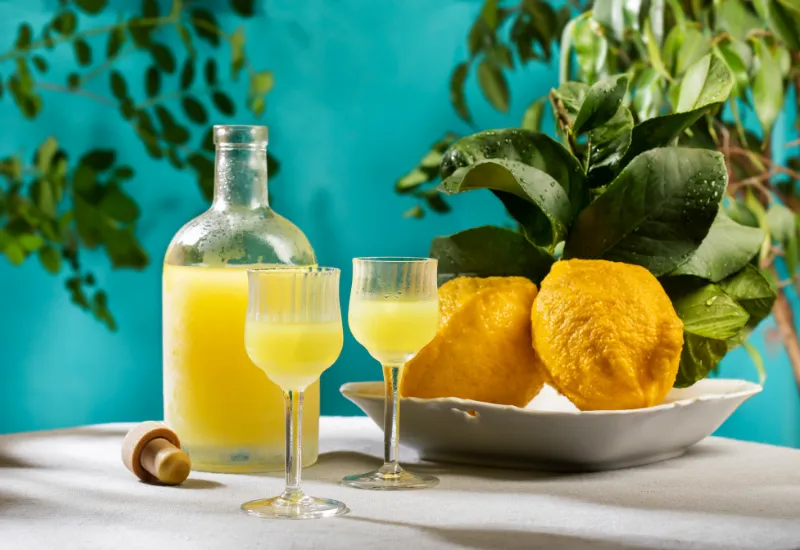
Pure and ice-cold, the lemon liqueur sweetens the summer in Italy. The essential oils extracted from the lemon peel are dissolved in alcohol and then diluted with a sugar water solution.
Grappa

Traditional Festivals and Customs
Carnival in Venice

Start: 10 days before Ash Wednesday
Every year in February, the Carnival in Venice takes place. In the past, the masks served the purpose of anonymity and removed social barriers. Later, the Carnival in Venice was characterized by masked balls, opera performances, and various customs.
Today, you might think you are at a fashion show when you stroll through the streets of Venice during Carnival. You will encounter the most colorful and extravagant costumes here. The costumes will invite you to admire them and take countless photos. And if you suddenly feel like joining in, you can purchase your own mask at almost every corner.
Epiphanias

Date: 6th January
In Italy, Epiphany is an important holiday that marks the end of the 12 days of Christmas. On the night before, the witch "Befana," a traditional figure of the country, flies from house to house on a broomstick, gifting children by filling stockings with sweets.
Ferragosto
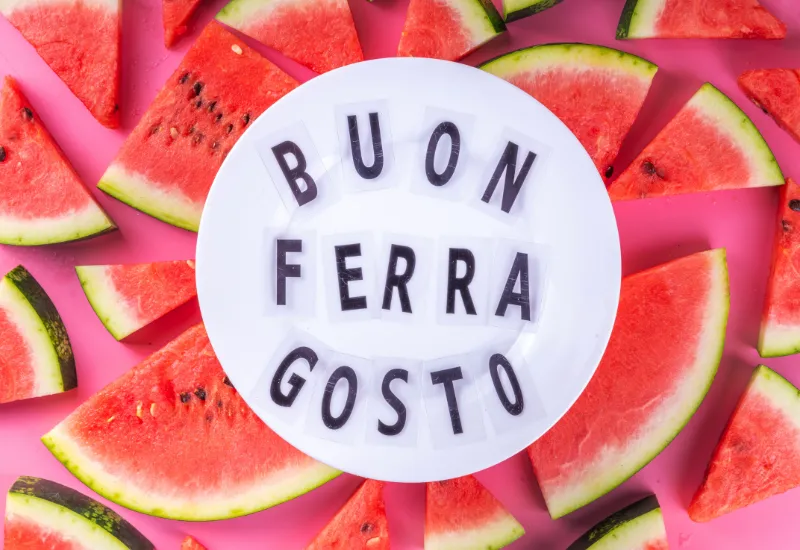
Date: 15th August
For many Italians, Ferragosto is more than just a holiday. For most, it is a feeling and is often compared to Christmas. Traditionally, most Italians go to the mountains or the beach on this day to enjoy their time off with loved ones. The celebration includes picnics, fairs, fireworks, and festive meals. The "Ferragosto menu" is the most lavish meal of the year, consisting of at least four courses. Restaurants also offer Ferragosto menus, costing between £26 and £43 and with their exceptional and delicious dishes, they are worth every pound.
Conclusion
Has the wanderlust struck you, and are you ready to experience Italian culture?
Here you can learn more about tolls in Italy to be optimally prepared for your journey.
